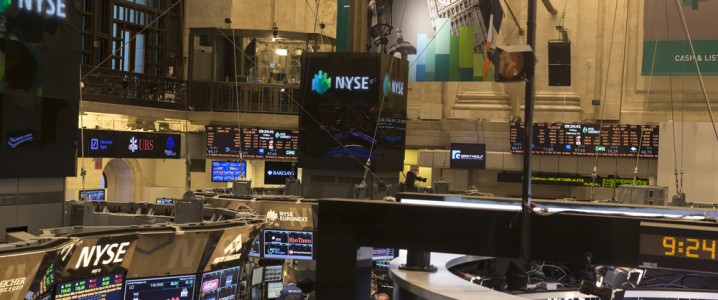While many were expecting the oil market to open for electronic trading at 6 p.m. ET with a bang, 30 minutes into trading, oil was up by barely 3%, despite the U.S. military’s overnight strikes on Iranian nuclear facilities, a geopolitical incident that might normally have sent oil soaring.
At 6:27 p.m. ET, Brent crude was trading up 3.17% at $79.45 per barrel, while the U.S. crude benchmark, West Texas Intermediate (WTI) was trading up $3.18 at $76.19 per barrel in early New York trading.
The muted reaction underscores how firmly markets remain anchored in OPEC+ spare capacity, robust global inventories, and bearish macro flows.
Previous incidents of this magnitude have triggered far sharper moves in crude markets.
When Iran-linked militants struck Saudi Aramco’s Abqaiq facility in September 2019, temporarily halting 5% of global oil output, Brent futures spiked nearly 20% in a single day, marking the largest one-day price jump in history. Similarly, following the U.S. drone strike on Qassem Soleimani in early 2020, prices surged a much more modest ~4% amid fears of regional retaliation. Today’s tepid response highlights how much more insulated markets have become from geopolitical flashpoints.
The coordinated U.S. airstrikes hit Fordow, Natanz, and Isfahan overnight, inflicting visible damage on enrichment and research infrastructure. Tehran has promised retaliation, but so far, energy markets are betting that escalation remains limited.
Veteran analyst Tom Kloza said on X that traders seemed to be “waiting to see if Iran disrupts Hormuz before lifting the gas price alarm,” while strategist Velina Tchakarova commented that despite rising tensions, “signal remains weak” due to high inventories.
Nearly 20% of global oil moves through the Strait of Hormuz. Should Iran retaliate there, today’s calm could break into a price spike that puts $100 oil back on the table.
For now, traders are holding their bets—watching, not panicking.
By Tom Kool for Oilprice.com
More Top Reads From Oilprice.com

